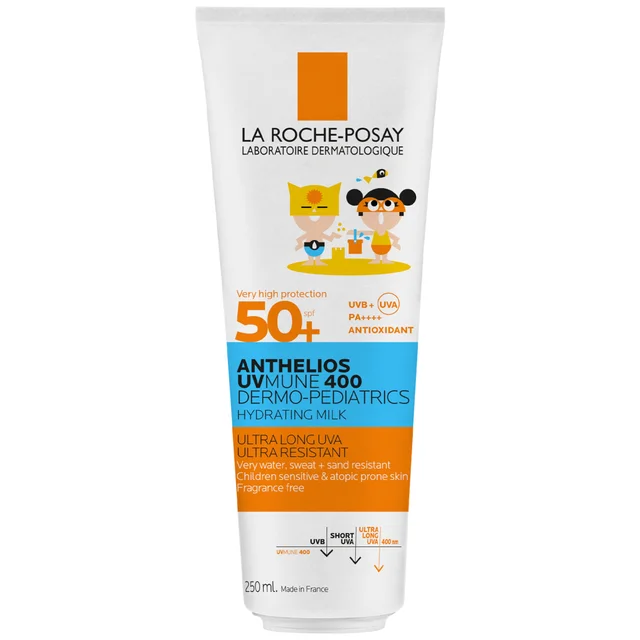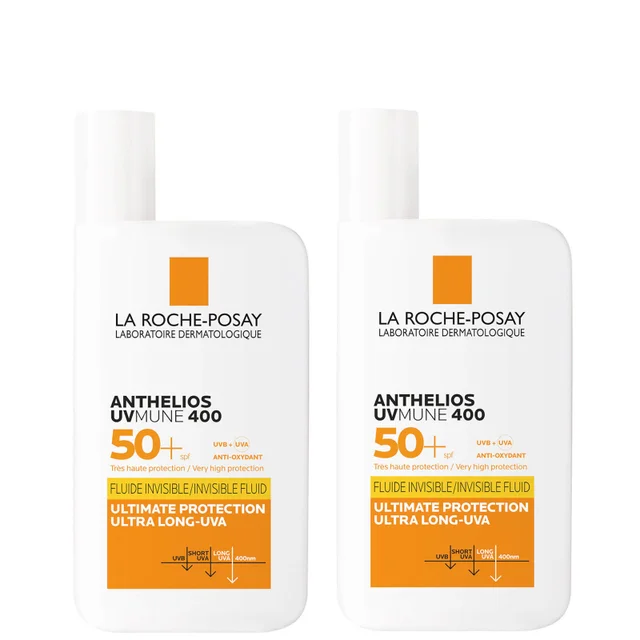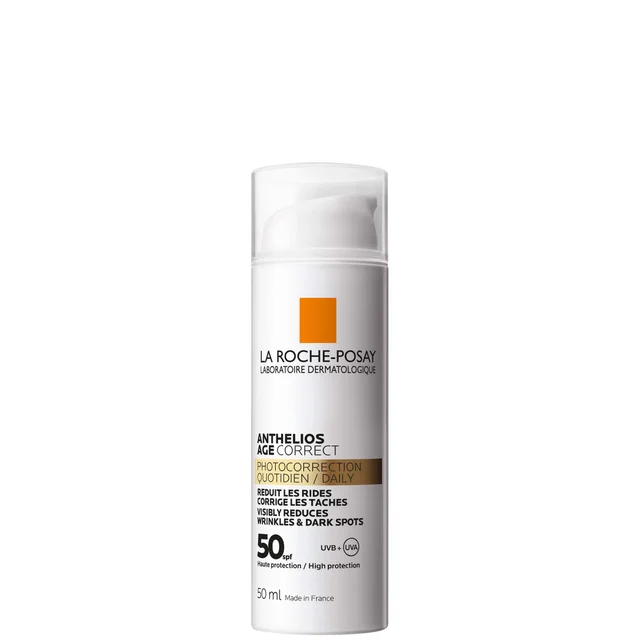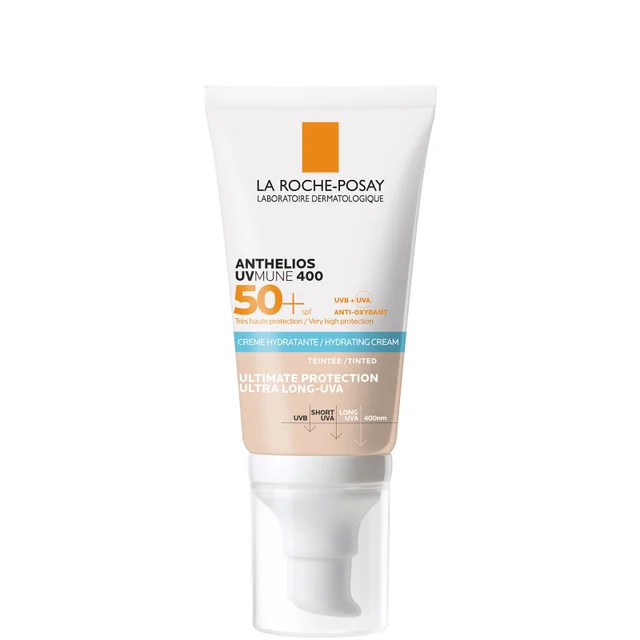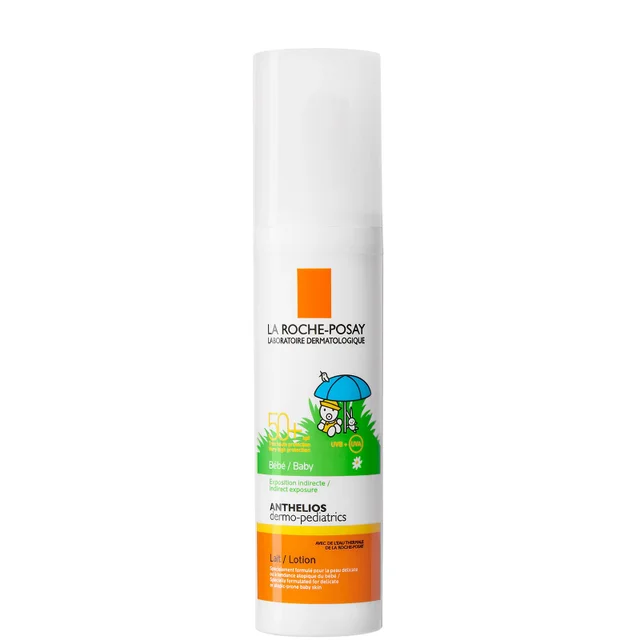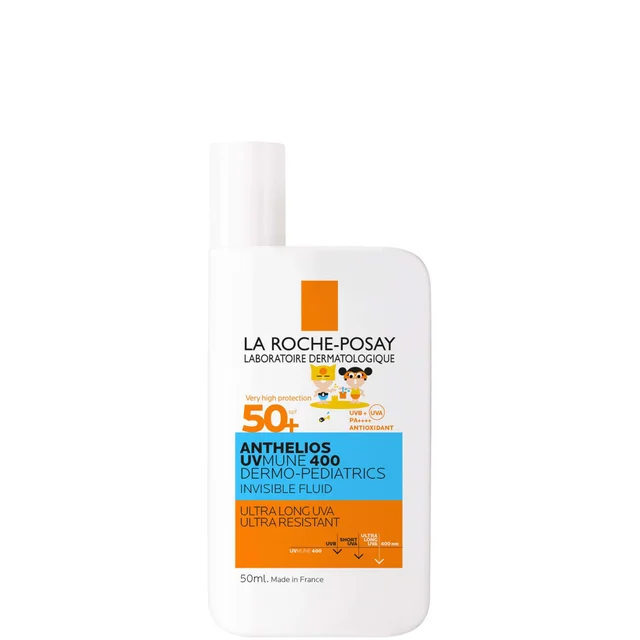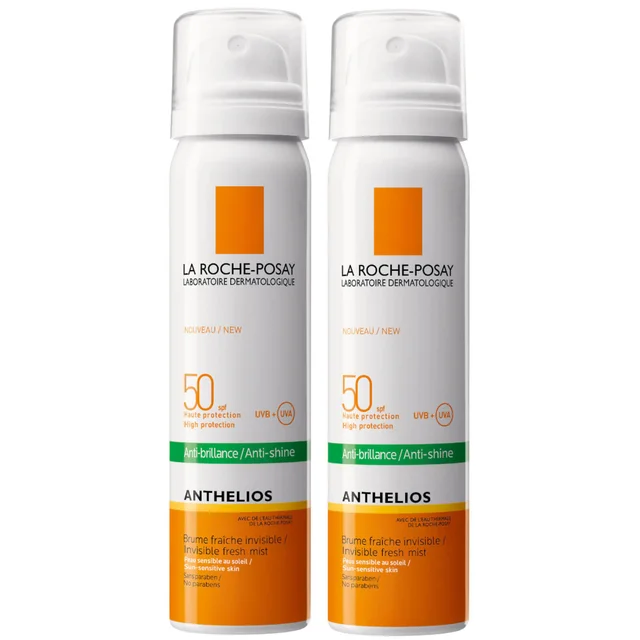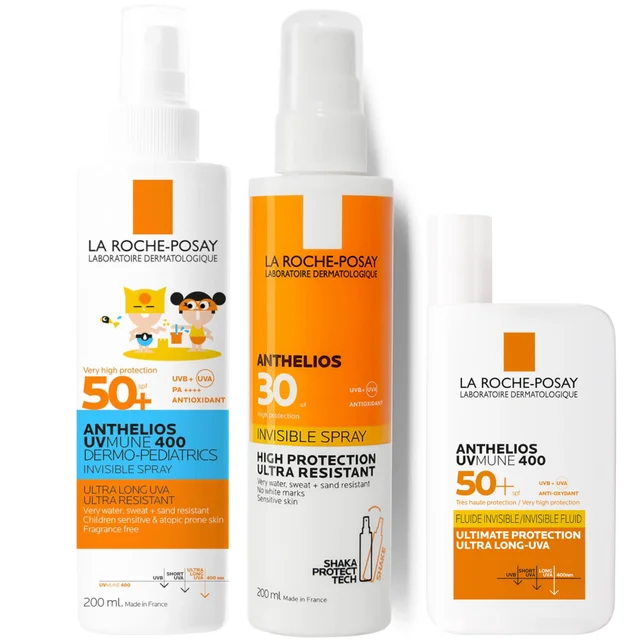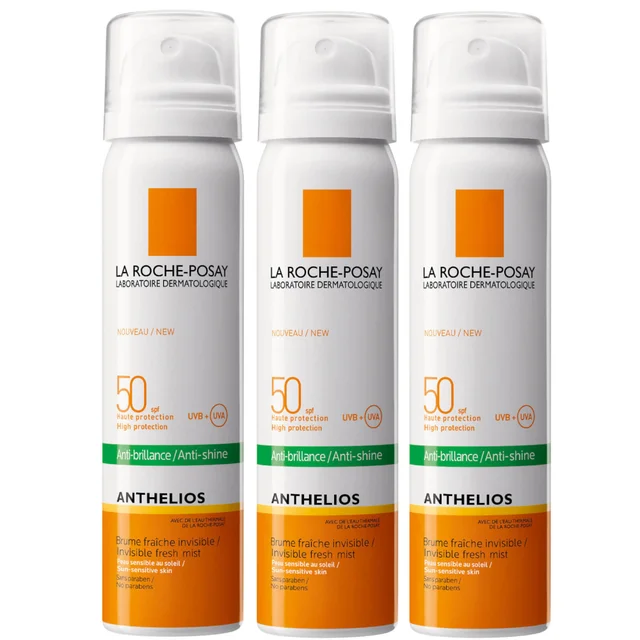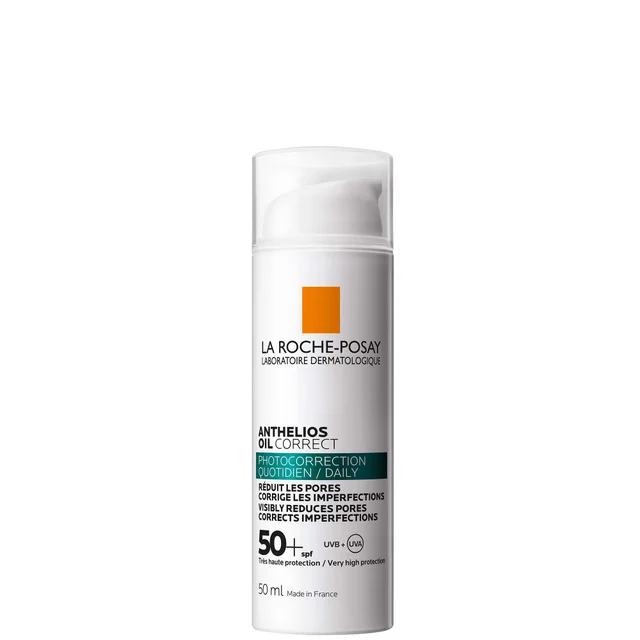Your La Roche-Posay Anthelios FAQs Answered
Is La Roche Posay Anthelios a mineral sunscreen?
La Roche Posay Anthelios offers both mineral and chemical sunscreen options. Mineral formulas use 100% mineral filters like zinc oxide and titanium dioxide to physically block and reflect UVA and UVB rays, making them gentle for sensitive skin. Chemical formulas absorb UV rays and turn them into heat. Check the product label to see if it’s mineral or chemical.
Does La Roche Posay Anthelios clog pores?
Anthelios sunscreens are crafted to be non comedogenic, meaning they won’t clog pores or lead to breakouts, making them a great choice for acne prone and sensitive skin types.
How do I apply La Roche Posay Anthelios sunscreen?
Apply La Roche Posay Anthelios sunscreen as the final step after your moisturiser, using about a quarter teaspoon for your face and neck, spreading it evenly. For larger areas like the décolletage, use around a teaspoon. Apply 10 to 15 minutes before sun exposure, reapplying every two hours or after swimming or sweating. Avoid the eye area and let it absorb before adding makeup.
Is La Roche Posay Anthelios sunscreen oil free and water based?
Many Anthelios sunscreens are oil free and water based, offering a light, non greasy texture that suits sensitive and oily skin types comfortably.
Is La Roche Posay Anthelios sunscreen reef safe?
Yes, La Roche Posay sunscreens are reef safe and independently tested to ensure they don’t harm marine life. They’re also largely biodegradable for added peace of mind.








